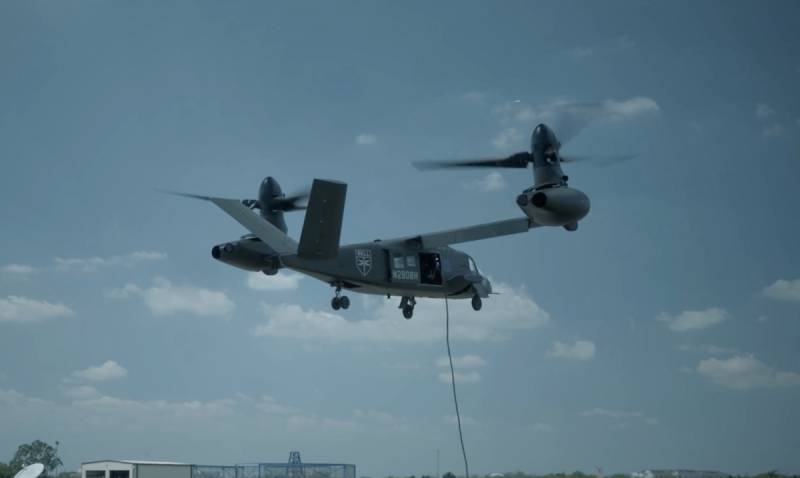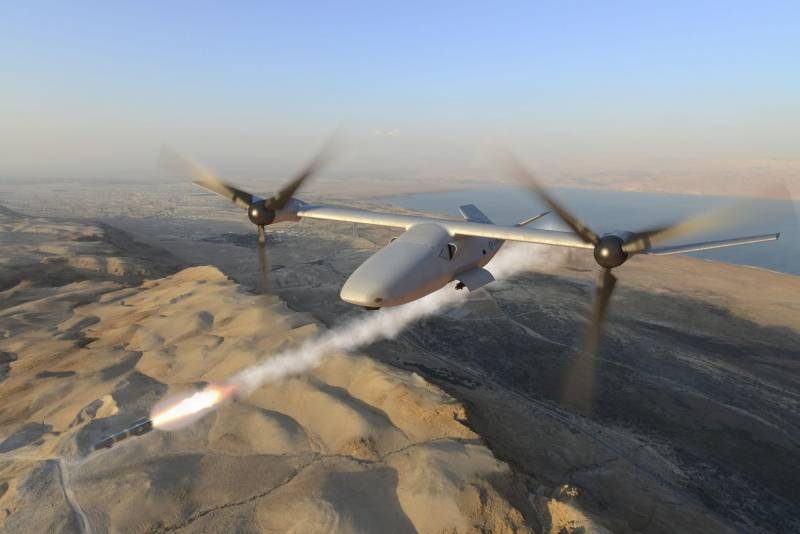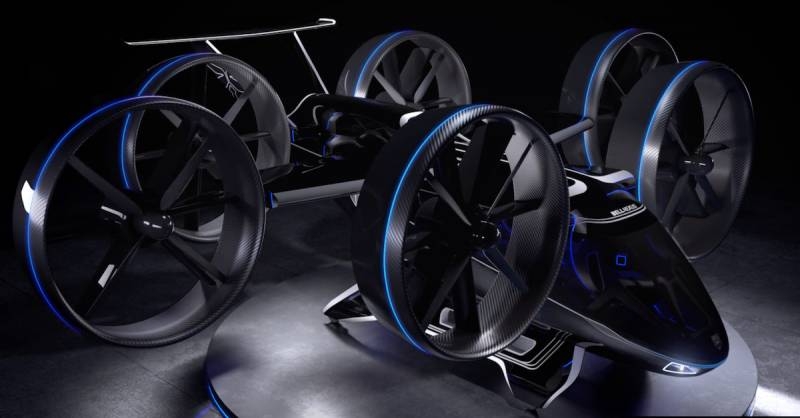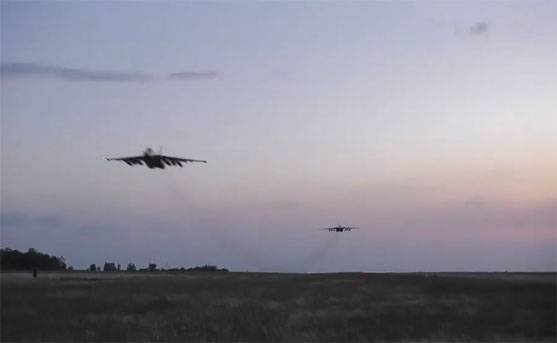Bell Company, thanks to its experience in the development of tiltrotor engines, is at the forefront of the development of the program of air taxis and unmanned convertiplanes for the delivery of goods. At the same time, civilian technologies may soon be applied in projects for the defense industry..

Bell Aviation Corporation is rapidly developing the direction of air taxis and convertiplanes. specialists, in particular, from the Society for Vertical Aeronautics, they say, that the company is demonstrating "some really compelling things, that, ultimately, useful to the military".
At the moment, Bell has a promising development of Autonomous Pod Transport (APT): it's a quadcopter, designed to transport small loads over short distances – from pharmaceuticals to ammunition.
The concern is also developing the Nexus air taxi, designed to carry four passengers (plus a pilot) at a distance to 60 miles (a little less 100 km). In this case, the Nexus will use a silent or hybrid, or fully electric motor: this is necessary to use the device in the city.

БPLА V-247 Vigilant
Civil technology – military
CEO Mitch Snyder noted, that the armed forces, probably, will need an upgraded Nexus with greater "range and greater payload", but "when you have a very quiet plane or tiltrotor, there will always be an option to make a military version out of it.”.
But no Nexus air taxi, no drone is going to be a tiltrotor, type of tiltrotor, which has become synonymous with the company's commitment. Tiltrotor (tilt rotor) - this is a type of tiltrotor with rotary screws, combining vertical takeoff and landing according to the helicopter principle with movement according to the type of turboprop aircraft.
In collaboration with Boeing, Bell builds the first and so far the only production tiltrotor in operation – Osprey V-22. The corporation is also trying to implement this technology in the V-280 Valor, the main contender to replace the army Sikorsky UH-60 Black Hawk, as well as in the reconnaissance UAV V-247 Vigilant, being built in the interests of the US Marine Corps.
Problem – in size
The main problem for Bell so far remains the inability to reduce the size of tiltrotors - in order to, to fly, these vehicles need large wings and at least two massive rotary motors. This type of aircraft is universal, but not compact.

Bell Nexus
Both APT and Nexus operate on a different principle.. for example, Autonomous Pod Transport tilts in the direction of travel with the whole body, while for the tiltrotor it is enough to change only the position of the power plants. Nexus does not use a wing - the main impetus for movement is given by electric motors. It creates restrictions, which the tiltrotor can handle. If not for the problem already mentioned.
If the company manages to overcome the problem of the size of the devices, it will consolidate its leading position for many years to come. Bell's strength remains the ability to adapt the control system from vertical takeoff/landing to level flight for different platforms.. Many companies are trying to go this route.. However, Bell, for now, is ahead of everyone.











